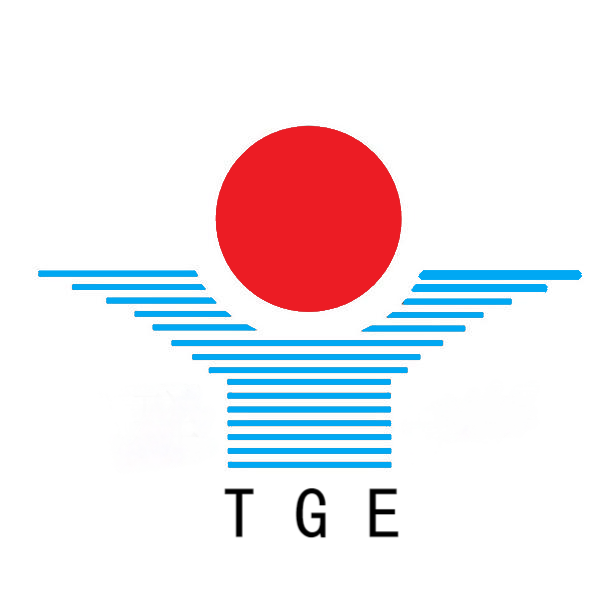What is the working principle of a typical double-layer high-speed cable reel?
TIME:2024-10-15 VIEW:85
Double layer high-speed cable reel is a specialized winding and storage device for wires, cables, and other wires, with the characteristics of high efficiency and convenience. The following is a detailed introduction to the double-layer high-speed line reel:
1、 Definition and Structure
Double layer high-speed wire reels are usually composed of two independently rotatable wire reels, which are located on different levels and can be used for winding and releasing wires separately. Its structure generally includes a base, a drum (double-layer), a bracket, and possible operating handles. The base provides stable support for the entire spool, while the drum is the core component for wire winding. The bracket is used to support the drum and ensure its stable rotation.
2、 Working principle
The working principle of the double-layer high-speed cable reel is relatively simple. When in use, fix one end of the wire on the drum, and then evenly wrap the wire around the drum by rotating it. Due to its double-layer design, the two reels can be used to wind wires separately without interfering with each other, thereby improving winding efficiency. When using wires, simply loosen the corresponding drum to easily retrieve the required length of wire.
3、 Characteristics and advantages
Efficiency: The double-layer design allows wires to be wound and released on two reels simultaneously, greatly improving work efficiency.
Convenience: The double-layer high-speed cable tray has a compact structure, occupies a small space, and is easy to carry and store. Meanwhile, it is easy to operate and can complete the winding and releasing of wires without complex steps.
Stability: Due to the use of a sturdy base and stable bracket design, the double-layer high-speed wire reel can maintain high stability during rotation, ensuring the quality of wire winding.
Wide applicability: The double-layer high-speed wire reel is suitable for winding and storing various wires and cables, and is widely used in industrial production lines, household appliance maintenance, building construction, energy-saving lighting, and broadcasting stations.



